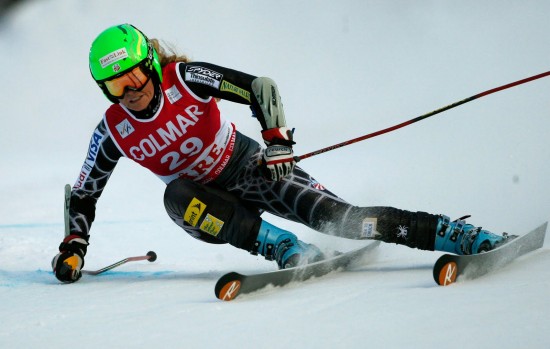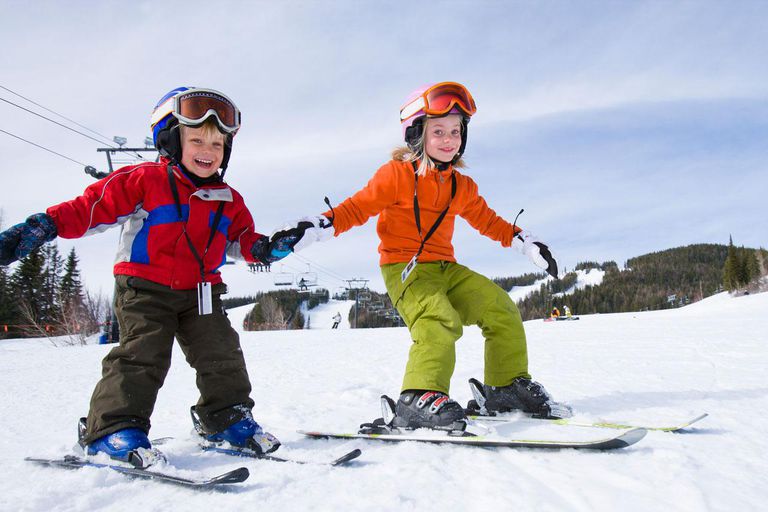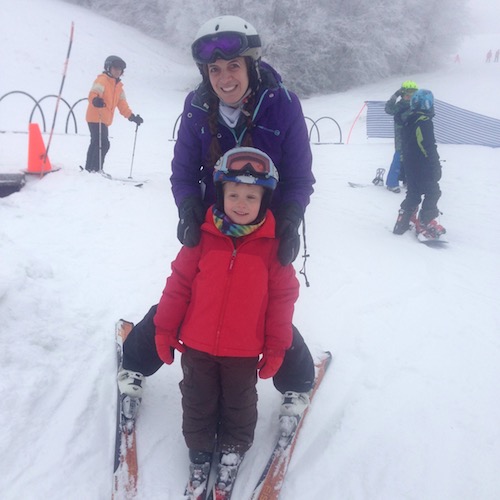Or in any other sport, for that matter.
Here’s why this is this week’s blog topic: Not long ago, I learned (via Unofficial Networks) that Bertrand Charest, a former Alpine Canada’s women’s development team coach, is facing 57 charges related to allegations of sexual misconduct:
[Charest] has been in custody since his arrest March 10 on accusations of sexual
assault and breach of trust involving 11 girls and young women under his tutelage between 1991 and 1998. The girls were between 12 and 19 years old at the time.Radio-Canada has reported the mother of one teen tried to report Charest to
police in 1998, but she said she was counseled by Alpine Canada not to do anything.The woman, whose daughter is not one of the complainants in the current
criminal case, said the organization told her it would deal with the matter and
advised her to not jeopardize the girl’s skiing career.
This is appalling for so many reasons: First, of course, that it happened at all, and not just once, but again and again and again. But for a mother to be discouraged from reporting the abuse to the authorities; and for the organization to tell her that reporting it could jeopardize her daughter’s race career; and for the mother to buy this sort of twisted logic and keep her mouth shut; well, consider my mind blown.
Okay, even if we don’t assume that Charest is guilty — after all, he’s only been charged, and like it or not, we have to be fair — there’s no doubt that sexual misconduct is something that occurs not only in skiing, but in all kinds of sports. There’s a definite power relationship between coaches and athletes, and there’ll always be some creep who’s going to take advantage of that dynamic.
So is there anything we can do to keep stuff like this from happening? Or do we just throw up our hands and walk away?
Sadly, there’s probably no way to eliminate sexual abuse entirely. But there are things that can make it a little less likely to happen.
First, we need to change the culture (I’m looking at you, Alpine Canada). Any organization in which reporting abuse is discouraged, in which you’re told to keep quiet instead of going to the authorities, is in dire need of a sea change. Instead, it needs to be replaced with a culture that has zero tolerance for sexual misconduct. All reports of abuse must be taken seriously, and all victims treated with the utmost respect and yes, given the encouragement and support they need to speak out. Also, organizations must have policies in place, both for dealing with abuse and for preventing it from occurring. And everyone responsible — not just coaches, but volunteers, staff, and even other athletes — must be held accountable for misconduct.
But some of the change has to come on our end, too. We have to learn not only how to recognize the signs of abuse, but to give our children the confidence, and the permission, to say ‘no’ in no uncertain terms. Children who are assertive, who know appropriate behavior and know that no one has the right to touch them or to to have a sexual relationship with them, are much more likely to defend themselves. What’s more, we have to teach our kids that it’s okay to report anything unusual to a parent or another trusted adult, no matter who’s involved.
Here’s an interesting statistic: 90% of child targets are abused by someone they know and trust. Scary, isn’t it? So how do you know if abuse is occurring? Experts say that if the answer to any of the following questions is “yes,” there may be a problem. I found this on Momsteam.com, a website for sports parents, and thought I’d post it here:
- Does your child’s coach make her feel like she needs him in order to succeed?
- Does your child’s coach spend time with you in an attempt to win your trust or try to be a surrogate parent?
- Does your child’s coach act differently with her when in front of others?
- Does your child’s coach try to control her (even off the field)?
- Does your child’s coach try to separate her from her teammates or other sources of support, like you or her friends?
- Does your child’s coach spend a lot more time with her than with other athletes?
- Does your child’s coach try to be alone with her?
- Does your child’s coach give her gifts?
- Does your child’s coach tell her not to talk about personal encounters the two of them have had?
Another great resource: Safe4Athletes.com. Safe4Athletes was founded by Katherine Starr, an elite swimmer who endured sexual abuse during her career without the benefit of any resources to fall back on. There’s lots of great info there, including what every athlete should know about sexual abuse, where to go for help, and more.



